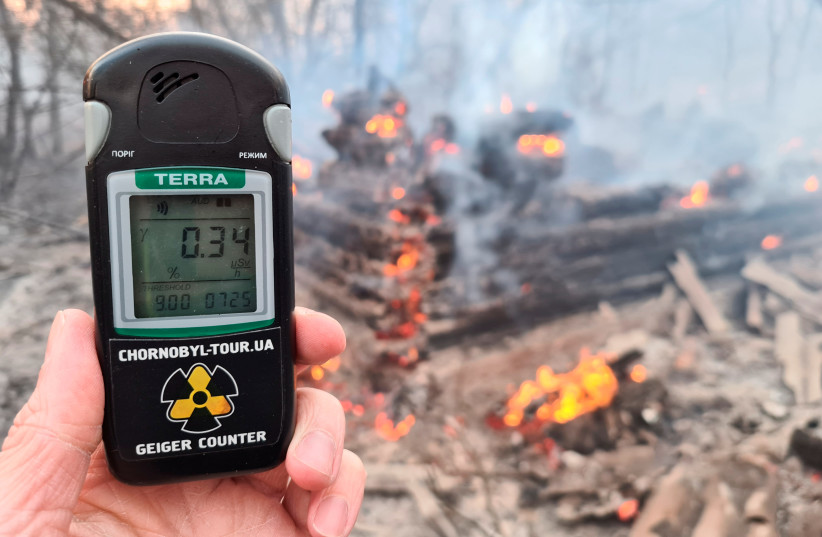A nuclear attack might be one of the biggest and scariest threats facing humanity, and will probably stay that way for the coming year. Even so, in the US, a medical experiment was recently carried out that aims to prevent the harmful effects of radiation on the body in the case of a nuclear attack.
Possibilities of prevention and treatment of radiation damage are very limited today, so a drug that is able to efficiently remove radioactive contamination from the body would be a milestone in the defense against a poison that until today, is thought to be unstoppable.
HOPO 14-1 is an experimental medicine that might, if the experiment succeeds, protect and treat victims of nuclear fallout by binding (which is also called chelating) and expelling contaminated heavy metals from the body.
It is supposed to be effective against uranium and other substances that are used in nuclear weapons, like "dirty bombs" (conventional bombs with added nuclear waste or radioactive substances) or ballistic missiles. The medicine might also be effective against lead poisoning.
Results from a human trial are expected in 2024
The first clinical trial on humans will include 42 participants, who will be treated with various different doses in order to determine the safety of the medicine. The results will be published in 2024.

As of now, HOPO 14-1 doesn't have FDA approval and isn't available even in an emergency.
There is already a compound that binds radioactive metals on the market today, but HOPO Therapeutics states that the DTPA molecules deplete the body of essential ions (such as zinc and magnesium), while their drug does not.
There are two other drug injections that can be used to treat people who were exposed to radioactive plutonium, americium, or curium. For dozens of years, experts have also known that iodine tablets can be given to help protect people if radioactive iodine has been released into the environment. Iodine was given to people when the nuclear accident at the Chernobyl powerplant happened in 1986.
Another pill, Prussian blue (potassium iron hexcyanoprate), can help remove radioactive cesium and thallium from the body.
